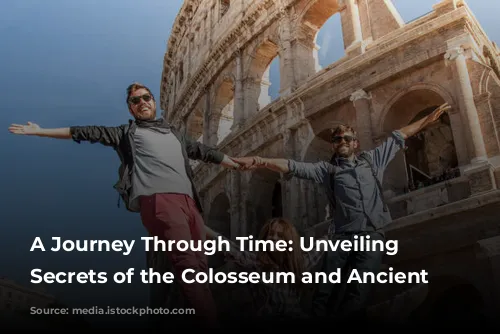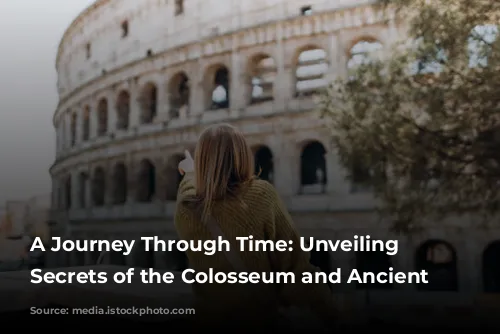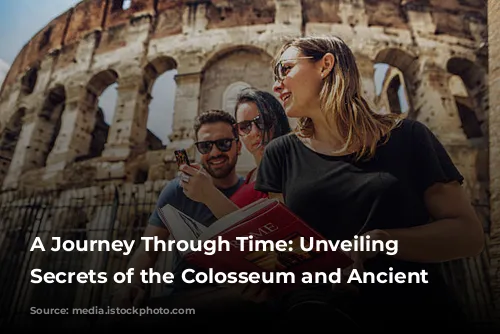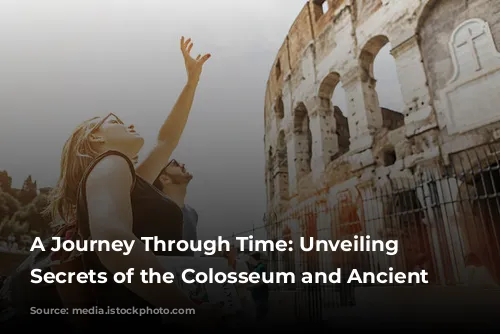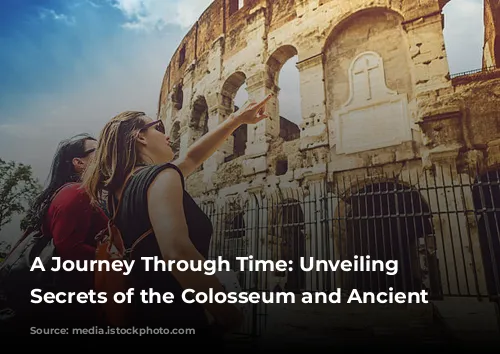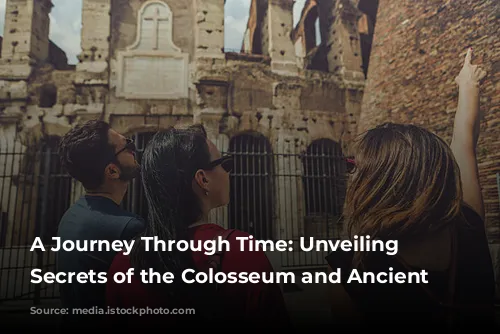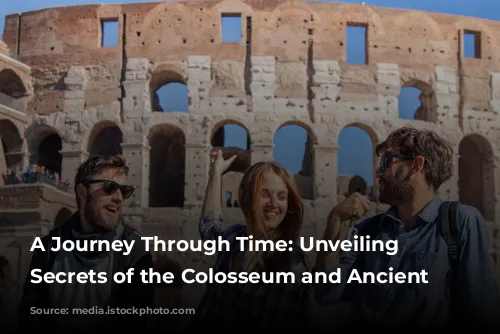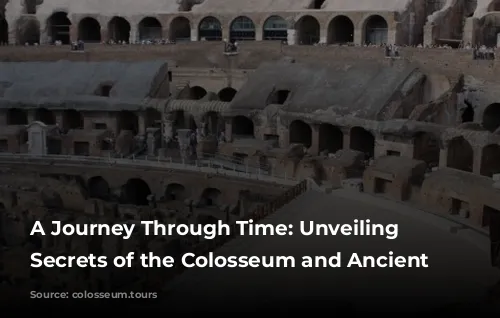Embark on an unforgettable adventure through the heart of Rome, where history whispers in every corner. From the mighty Colosseum to the serene Palatine Hill, prepare to be captivated by ancient wonders and captivating stories.
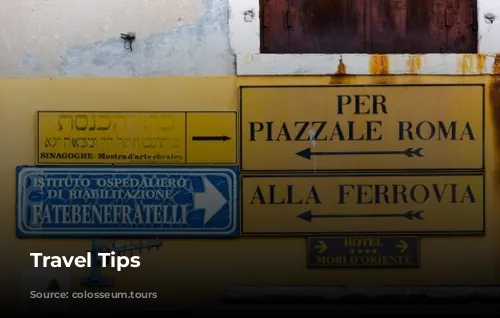
Timeless Beauty: Planning Your Visit to the Colosseum
The Colosseum, a symbol of ancient Rome’s grandeur, welcomes visitors with its awe-inspiring presence. This majestic amphitheater, constructed around 70-80 AD by Emperor Vespasian, stands as a testament to the ingenuity and power of the Roman Empire.
Before you venture into this historical treasure, plan your visit wisely. The Colosseum’s opening hours vary throughout the year, with extended hours during the warmer months.
Here’s a helpful guide to the Colosseum’s opening times:
- January 2nd to February 15th: 8:30 AM – 3:30 PM
- February 16th to March 15th: 8:30 AM – 4:00 PM
- March 16th to last Saturday of March: 8:30 AM – 4:30 PM
- Last Sunday of March to August 31st: 8:30 AM – 6:15 PM
- September 1st to September 30th: 8:30 AM – 6:00 PM
- October 1st to last Saturday of October: 8:30 AM – 5:30 PM
- Last Sunday of October to December 31st: 8:30 AM – 3:30 PM
To avoid long queues and secure your spot at this iconic attraction, advance ticket booking is highly recommended. Purchasing tickets in advance not only guarantees your entry but also allows you to choose your preferred date and time slot, ensuring a smooth and efficient visit.
Consider the convenience of skip-the-line access, which will allow you to bypass the queues and maximize your time exploring the Colosseum and its surroundings.
With advanced ticket booking, you can look forward to a seamless and enjoyable visit to one of Rome’s most renowned landmarks.
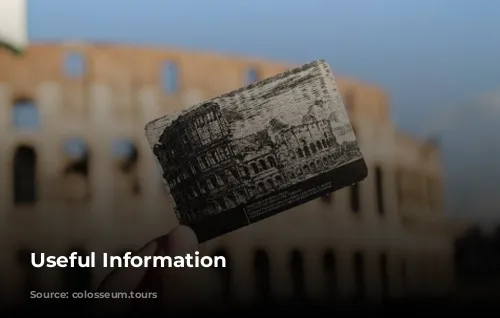
The Colosseum: A Glimpse into Ancient Rome’s Glory
Imagine the roar of the crowd, the clash of steel, and the thrill of gladiatorial combat. This is the scene that unfolded within the Colosseum’s walls, a testament to ancient Rome’s love for spectacle and entertainment.
The Colosseum’s design is a marvel of ancient Roman engineering. It’s a vast oval-shaped structure with four levels, standing at an impressive height of 48 meters. Constructed using limestone, concrete, and bricks, its three tiers of arches are adorned with different types of columns, creating a visually stunning spectacle. The lower tier boasts Doric columns, the middle tier Ionic, and the upper tier Corinthian, showcasing the Roman’s mastery of architectural styles.
Ramps, stairs, and tunnels ensured smooth movement for people and animals during events. This clever design, a testament to the Roman’s skill in architecture, allowed for efficient entry and exit for spectators, as well as seamless staging for shows.
As night descends, the Colosseum transforms into a majestic beacon against the dark sky. Its illuminated silhouette evokes a sense of wonder and awe, reminding us of its captivating history. The peaceful atmosphere surrounding the Colosseum invites contemplation, allowing visitors to immerse themselves in the rich tapestry of ancient Rome’s past.
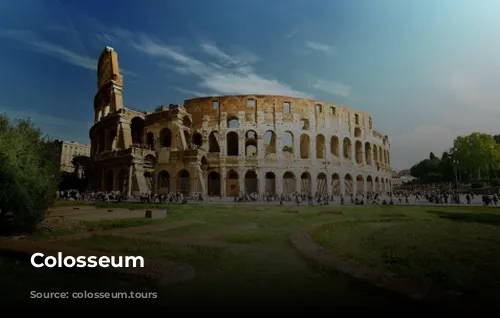
Unveiling Ancient Rome’s Secrets: A Guided Tour
Ready to delve deeper into the history and architecture of Ancient Rome? Join a knowledgeable and friendly local guide on a captivating journey through time.
Start your exploration at the impressive Colosseum, learning about its architectural marvels and the Roman’s passion for games. Enter the arena floor, where gladiators once battled for glory, and imagine the roar of the crowds as you stand in the very spot where history unfolded.
From the Colosseum, journey to Palatine Hill, the oldest part of Rome, where emperors once resided in grand homes. Wander among the ruins, taking in the serenity of the surroundings and the breathtaking panoramic views.
Finally, descend into the Roman Forum, the heart of ancient Rome’s political and social life. Stroll along ancient roads, marveling at temples, offices, and the Senate building. Let your guide bring the past to life with captivating stories and insightful commentary.
This guided tour offers a personalized and unforgettable experience, allowing you to explore the highlights of the Colosseum and Ancient Rome at your own pace.
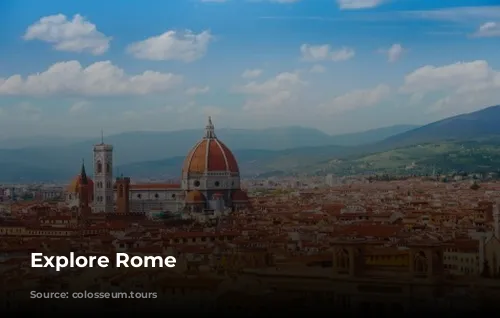
Discovering Rome’s Hidden Gems: Trastevere and Monti
Beyond the Colosseum and the Roman Forum, Rome offers a wealth of hidden gems waiting to be discovered. Venturing into the heart of the city reveals a tapestry of vibrant life, rich history, and authentic Italian charm.
Trastevere, with its charming narrow cobblestone streets and colorful buildings, exudes a bohemian atmosphere. This captivating neighborhood is renowned for its bustling piazzas, lively trattorias, and vibrant nightlife. Stroll through its charming alleys, soak in the lively ambiance, and savor the authentic flavors of Roman cuisine.
Monti, on the other hand, boasts a more eclectic atmosphere, blending ancient ruins with trendy boutiques and artisanal shops. Explore its labyrinthine alleys, discovering hidden gems, quaint cafes, and artisan workshops. This neighborhood is a haven for artists and creatives, reflecting a unique blend of old and new.
Both Trastevere and Monti offer picturesque squares where locals gather, creating a lively atmosphere perfect for leisurely strolls. Immerse yourself in the vibrant pulse of Roman life, engaging with the locals and savoring the authentic flavors of this historic city.
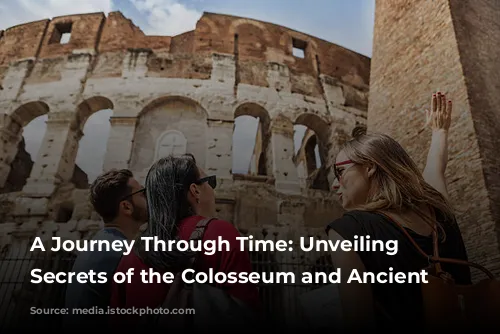
Navigating Rome: Practical Tips for a Smooth Journey
Rome, with its captivating history and vibrant culture, offers an unforgettable travel experience. To ensure a smooth and enjoyable journey, consider these practical tips:
Comfortable footwear is essential for exploring Rome’s charming streets and historical sites. Countless attractions are best explored on foot, allowing you to fully immerse yourself in the city’s beauty.
When dining in Rome, you’ll often find a service charge automatically included in the bill. This is a standard practice to compensate waitstaff. However, if you’re particularly pleased with the service or if the bill doesn’t include a service charge, it’s customary to leave a 10% tip.
Every first Sunday of the month, state-owned museums, galleries, parks, and some archaeological sites in Rome offer free entry. However, this is the busiest day of the month, so consider arriving early to avoid long lines and ensure a more enjoyable experience.
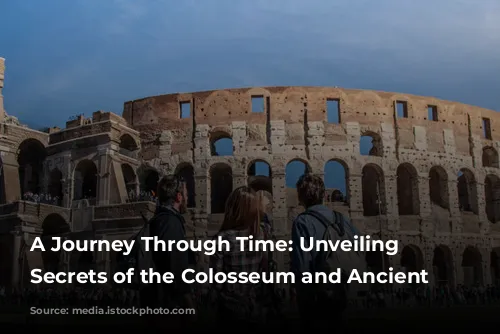
The Colosseum: A Symbol of Power and Endurance
The Colosseum stands as a testament to Rome’s enduring legacy. This iconic landmark, the most visited monument in Rome and arguably in all of Italy, embodies the power and grandeur of the ancient Roman Empire. It serves as a symbol of Rome’s rich history, connecting the past and present in a captivating way.
In its heyday, the Colosseum was a symbol of Roman prestige, representing the might, power, and, some might say, savagery of the Roman people. Its presence in the heart of modern Rome continues to evoke a sense of awe and wonder, reminding us of the enduring legacy of this ancient civilization.
